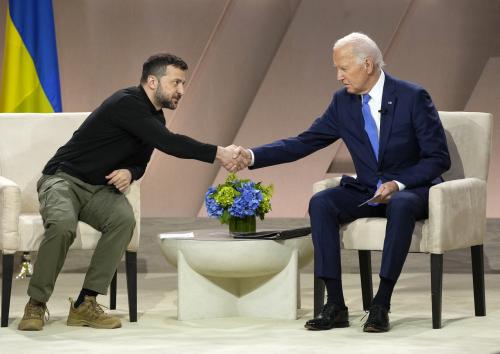Introduction
Russia’s “suspension” of the implementation of the Treaty on Conventional Armed Forces in Europe (CFE) since December 2007, and its recognition of Abkhazia and South Ossetia as independent states following the Georgia-Russia conflict in August 2008 cast a long shadow over the future of the CFE Treaty. These actions make longstanding efforts to transition to the follow-on Adapted CFE Treaty difficult at best. Some in Washington and Europe feel that new efforts are required to shake loose the logjam. For others, the treaty has less and less relevance to the evolving European security environment, and little should be done to save it. This paper examines a set of issues crucial for understanding if and how the treaty matters, possible U.S. options to address the current dilemma, and the likely consequences if the treaty should fail to survive the current challenges.
Any debate over the CFE Treaty must recognize the broader European security context. Policymakers should not set out to save this treaty simply for the sake of preserving arms control in Europe, as arms control can never be an “end” in itself. Arms control grows out of a security context and helps to address the core dilemmas of that context through negotiated constraints upon the treaty parties. These dilemmas might also be addressed by adjustments to levels and locations of weapons deployments, doctrinal changes, and unilateral or alliance actions of one sort or another.

